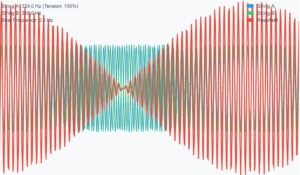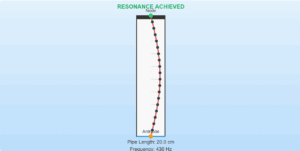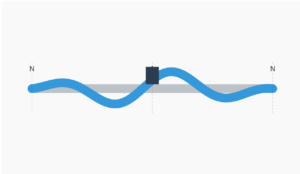Wave Motion Visualization
Explore different types of wave motions with interactive examples. Select a wave type below to visualize its behavior.
Example (a)
Motion of a kink in a longitudinal spring produced by displacing one end of the spring sideways.
Example (b)
Waves produced in a cylinder containing a liquid by moving its piston back and forth.
Example (c)
Waves produced by a motorboat sailing in water.
Example (d)
Ultrasonic waves in air produced by a vibrating quartz crystal.
Example
Question:
Given below are some examples of wave motion. State in each case if the wave motion is transverse, longitudinal, or a combination of both:
(a) Motion of a kink in a longitudinal spring produced by displacing one end of the spring sideways.
(b) Waves produced in a cylinder containing a liquid by moving its piston back and forth.
(c) Waves produced by a motorboat sailing in water.
(d) Ultrasonic waves in air produced by a vibrating quartz crystal.
Solution:
(a) Transverse and longitudinal
(b) Longitudinal
(c) Transverse and longitudinal
(d) Longitudinal
Wave Types Explained
Transverse waves: Particles move perpendicular to the direction of wave propagation (e.g., waves on a string).
Longitudinal waves: Particles move parallel to the direction of wave propagation (e.g., sound waves in air).
Combination waves: Some waves exhibit both transverse and longitudinal motion (e.g., surface water waves).



